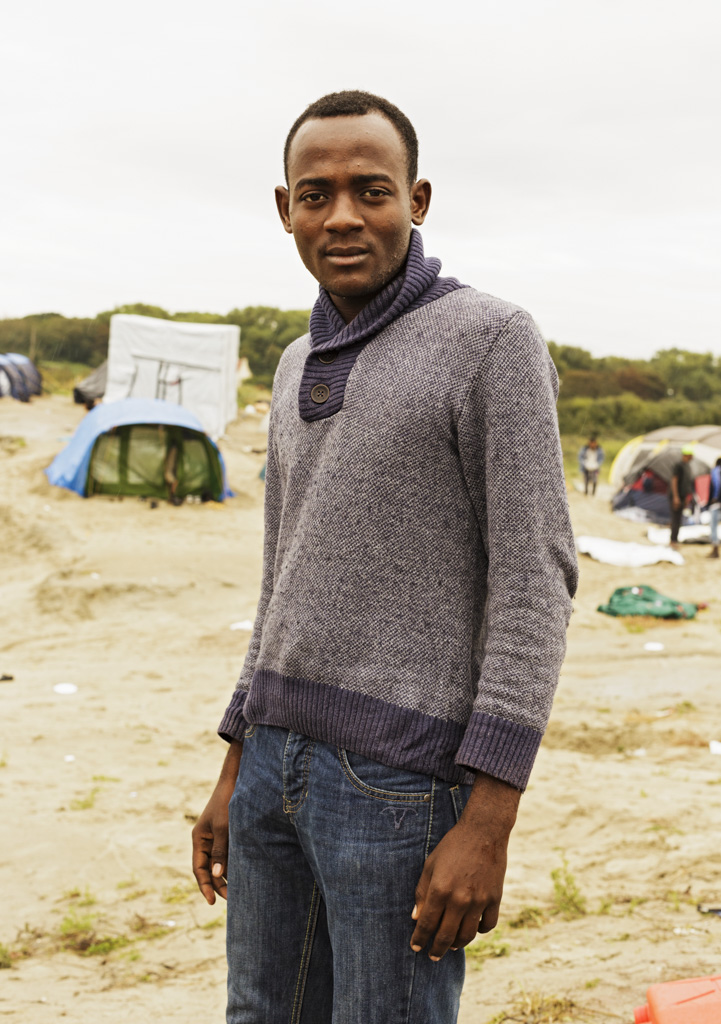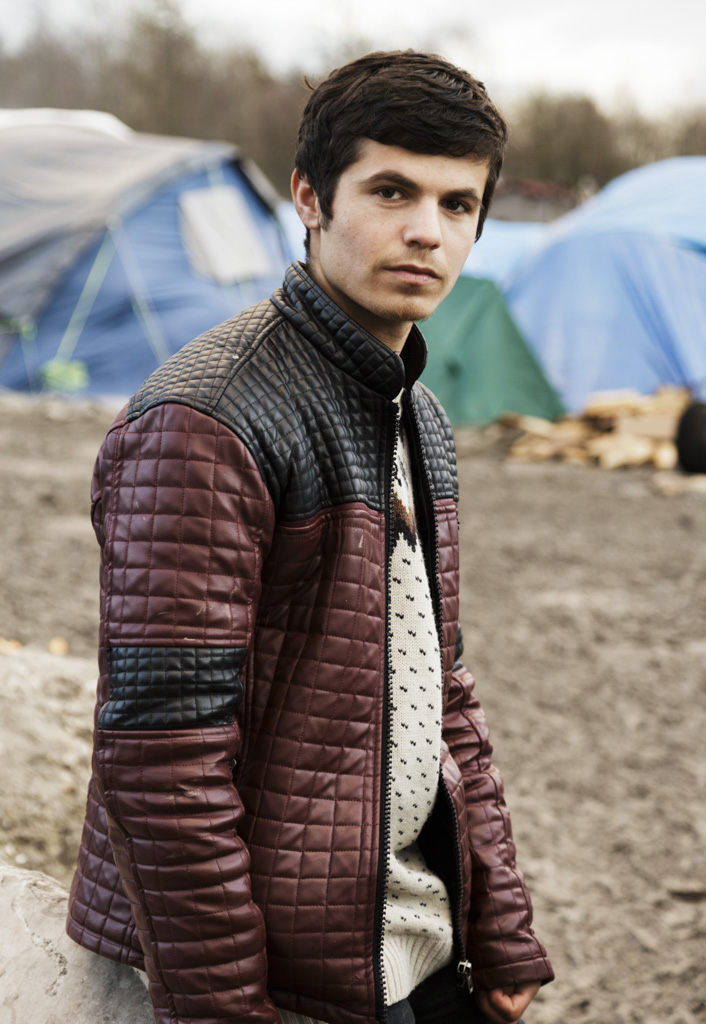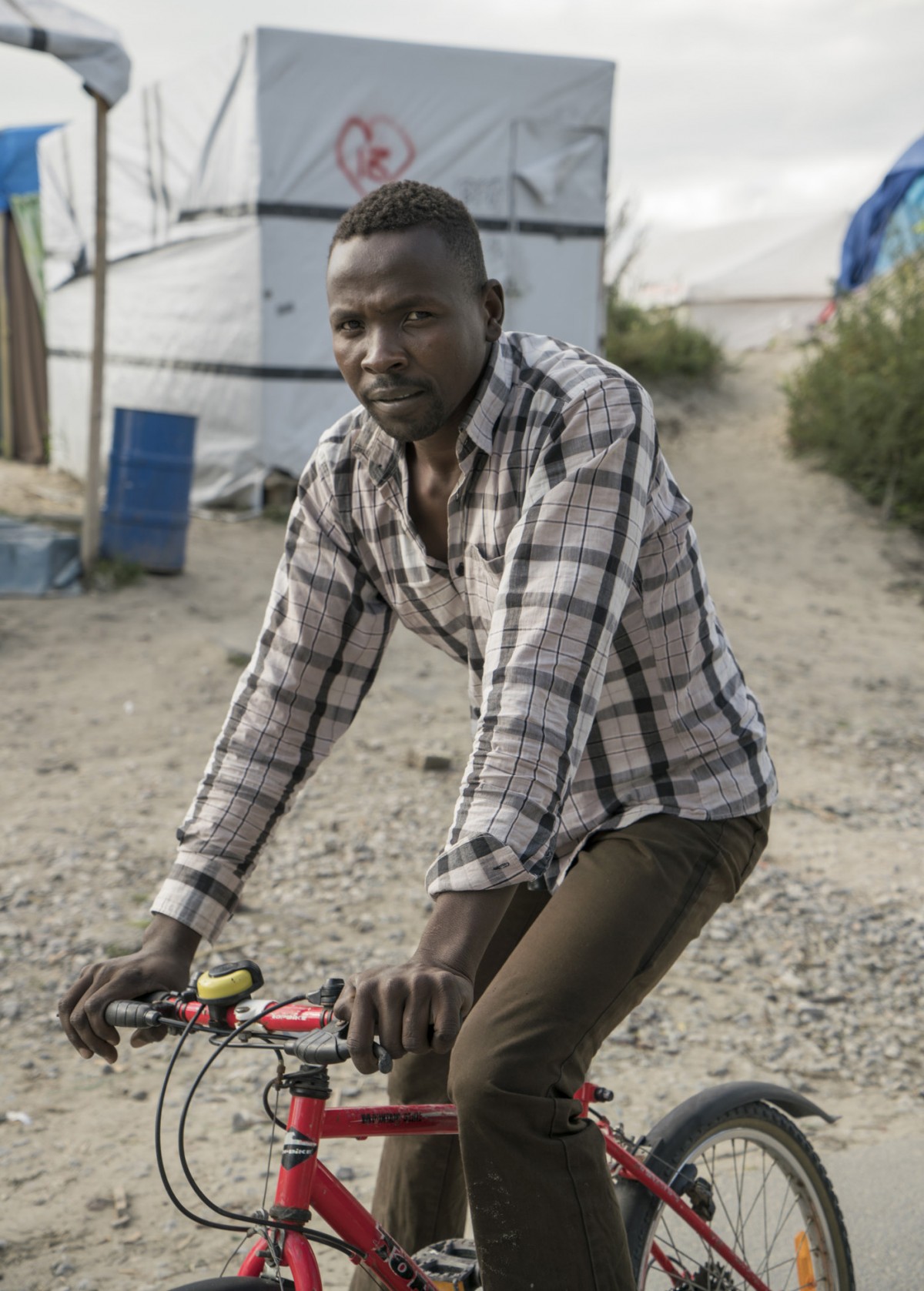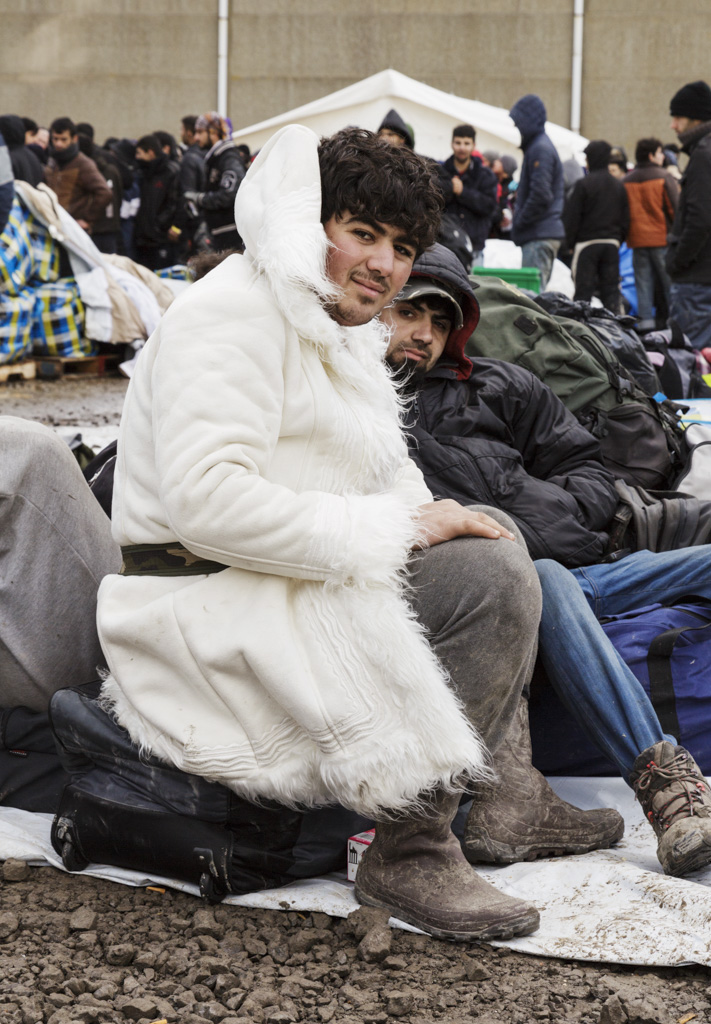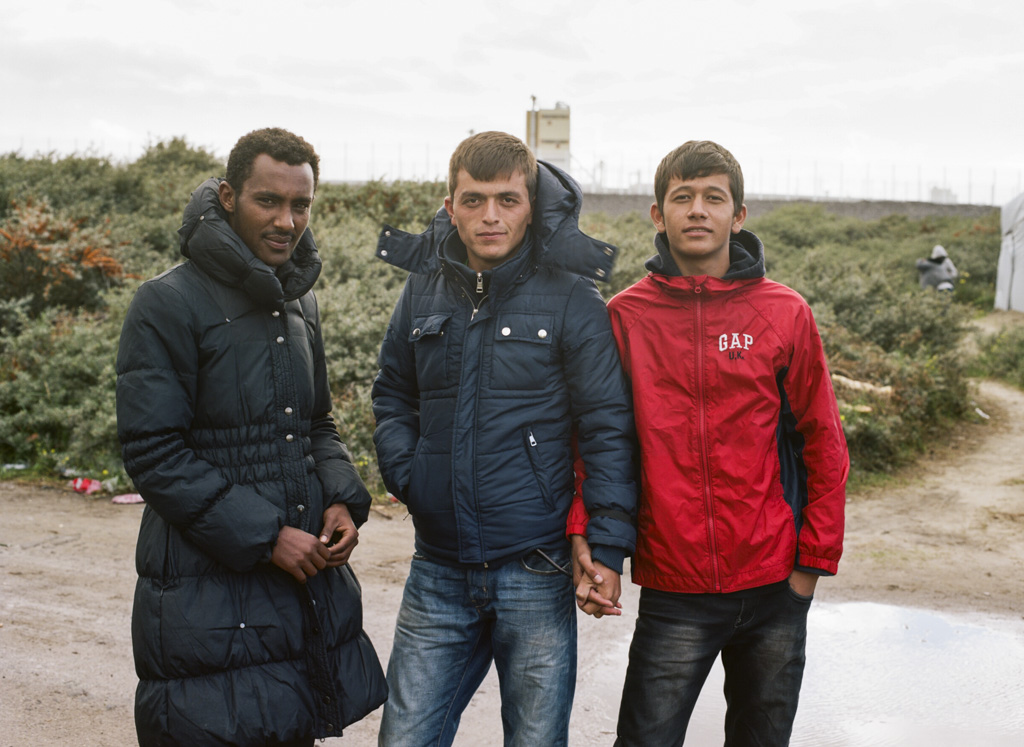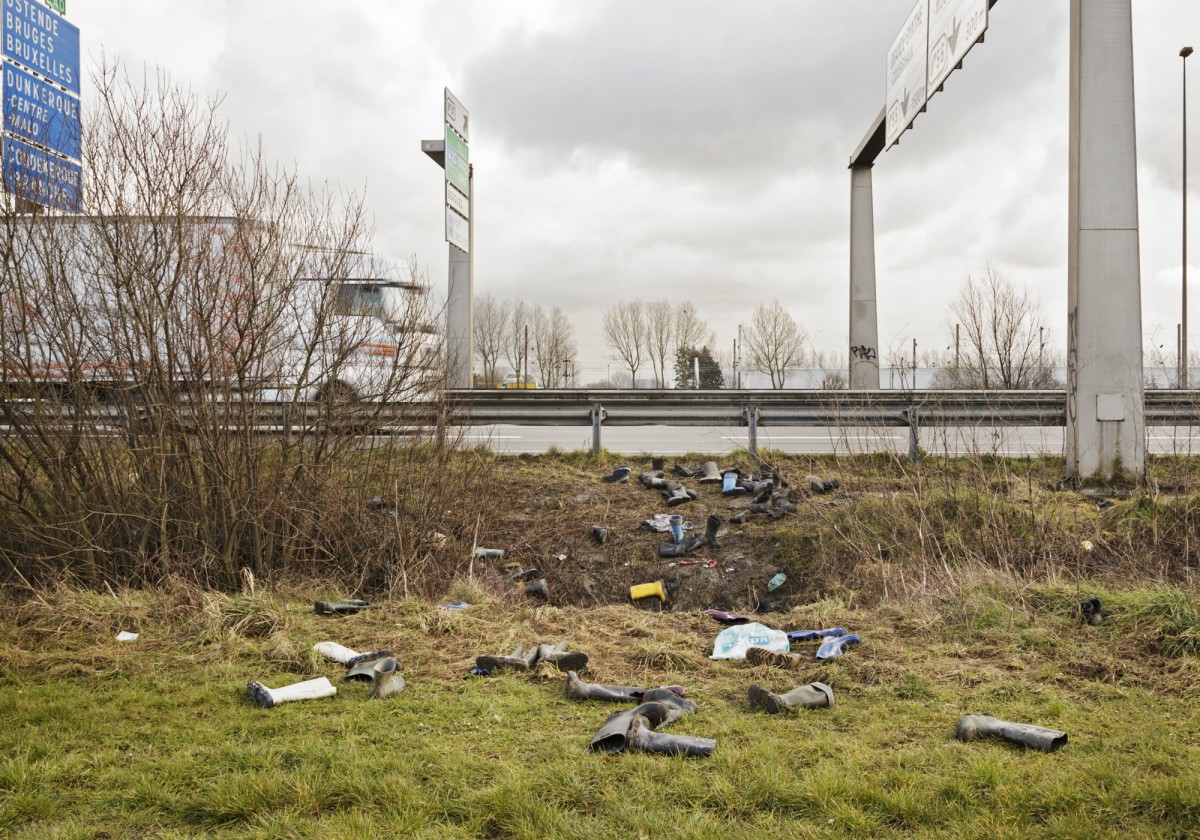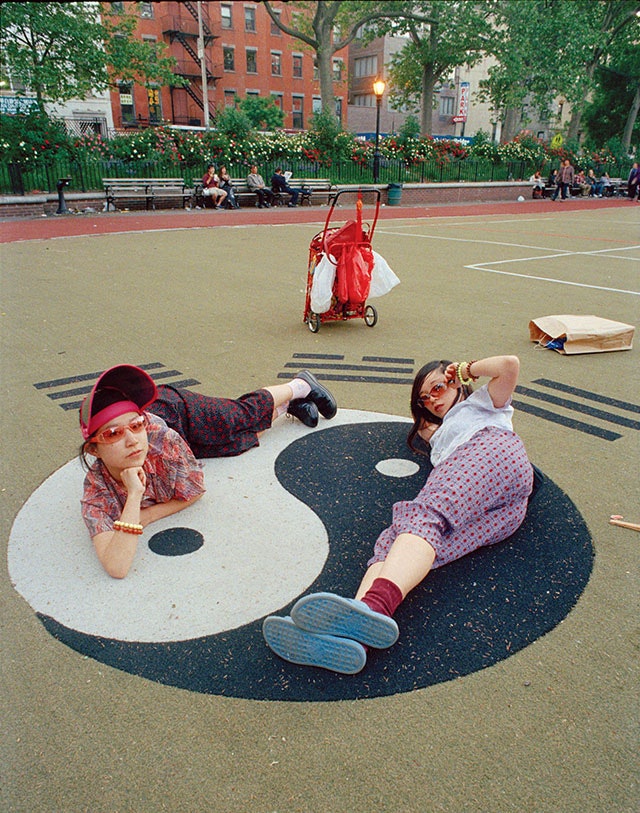Our latest showcase is photographer, Immo Klink, whose work focuses on migrant camps and migrants relationship to clothing.
Over the last two years I have photographed migrant camps around Dunkirk and Calais. When I first called an aid worker in the Calais Jungle to ask what I could bring from Britain to help, he told me: ‘Trainers, everybody really wants trainers here!’ I don’t think the trainers were only in demand to run faster after lorries and Eurostar shuttles. I met many migrants who -although facing dire conditions- remained very conscious about their clothing, adapting constantly to the circumstances of their life-changing journey and often choosing from a stock of clothes donated by people in the countries they were longing to reach. By way of dress the geographical borders for a momentarily became immaterial.

The media portrayal of migrants has been dominated by dramatic imagery of an anonymous mass in misery. While there is no doubt that this is an unprecedented crisis causing immense hardship and tragedy, it also reinforced an image of us and them (whereas they are ideally pictured in high contrast B&W). Getting closer makes this differentiation crumble. The lives many migrants have left behind are too similar to ours.
Fashion photography is a universal language and I think that most migrants I have photographed understood within a few seconds into the session, that we were communicating about something other than a stereotypical migrant representation. A brief intimate moment in which they could be themselves, play with their image and acclaim their friendships. Maybe for only five minutes I gave them back some visual dignity.

The Calais Jungle has been a symbol for desperation, misery and bigotry but also an example for an almost unbreakable pioneering spirit, determination and kindness on behalf of it’s inhabitants and supporters. A unique place in Europe’s history that should be remembered.








For more on Immo Klink’s work, click here.
For other Showcase articles, click here.



